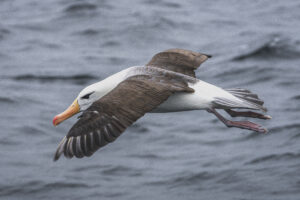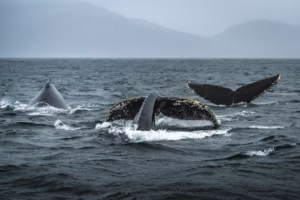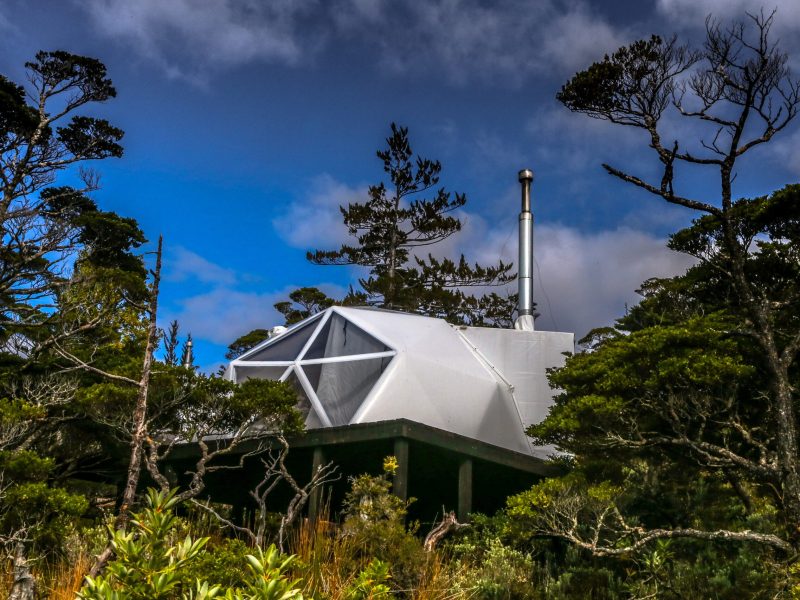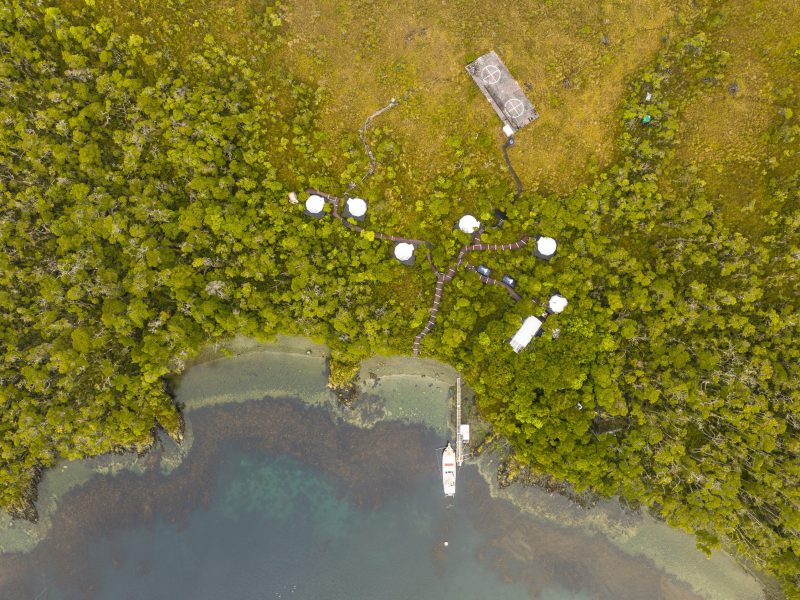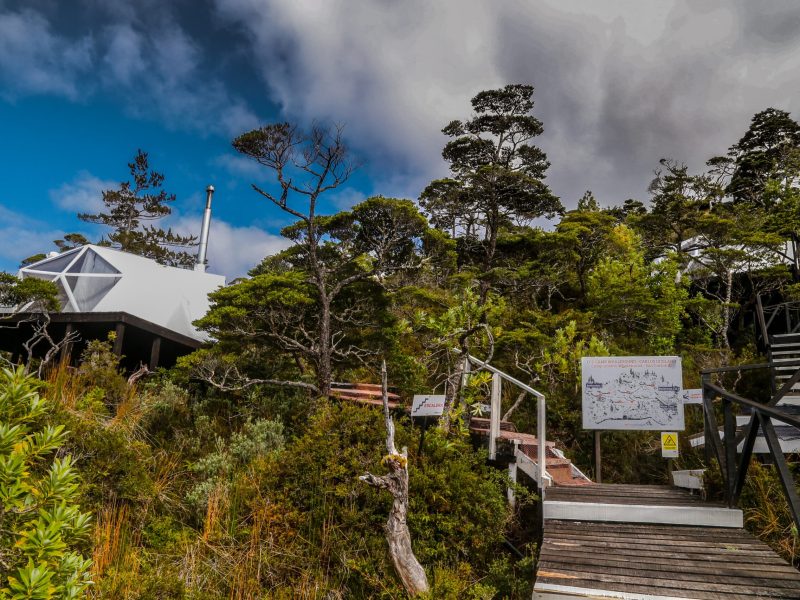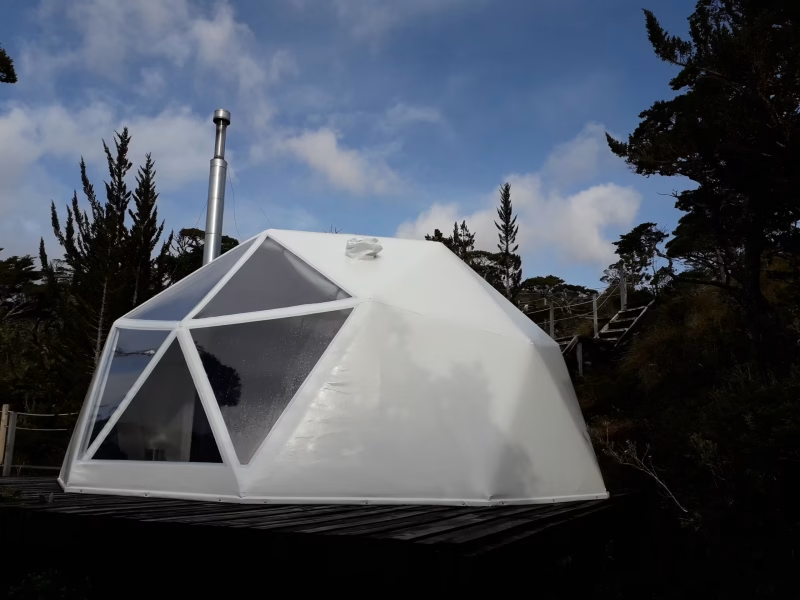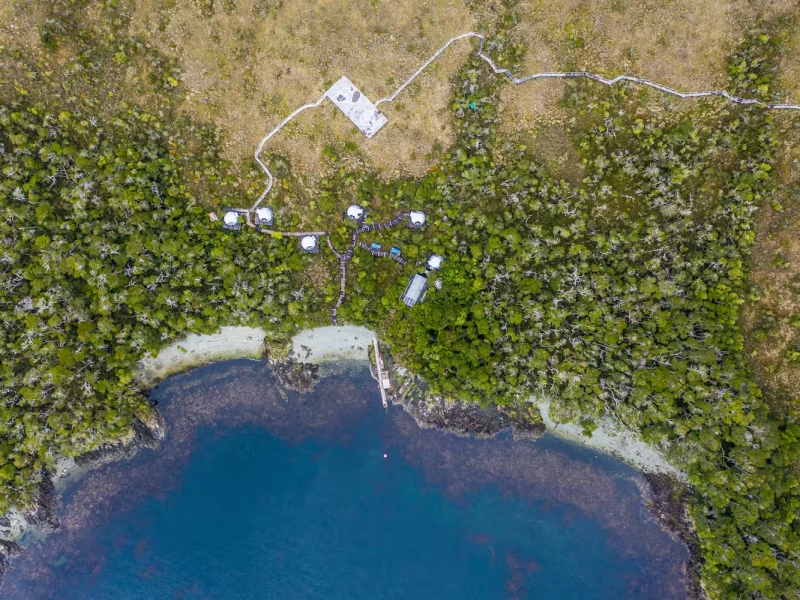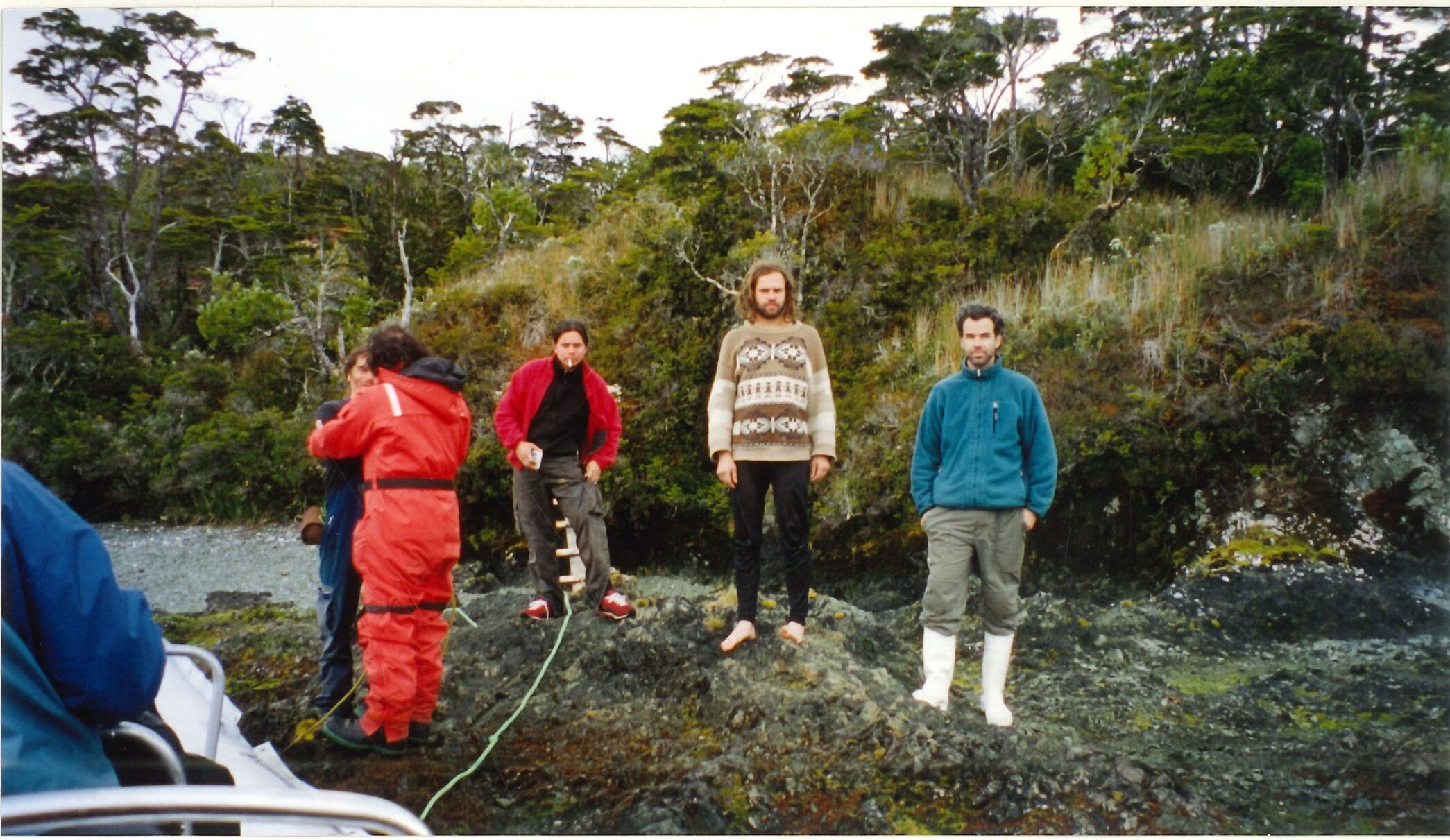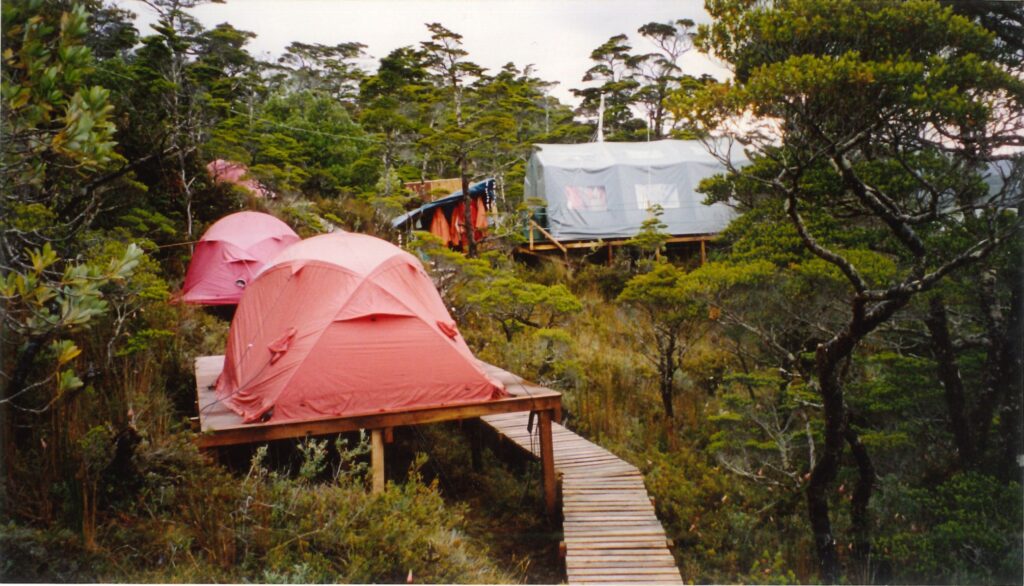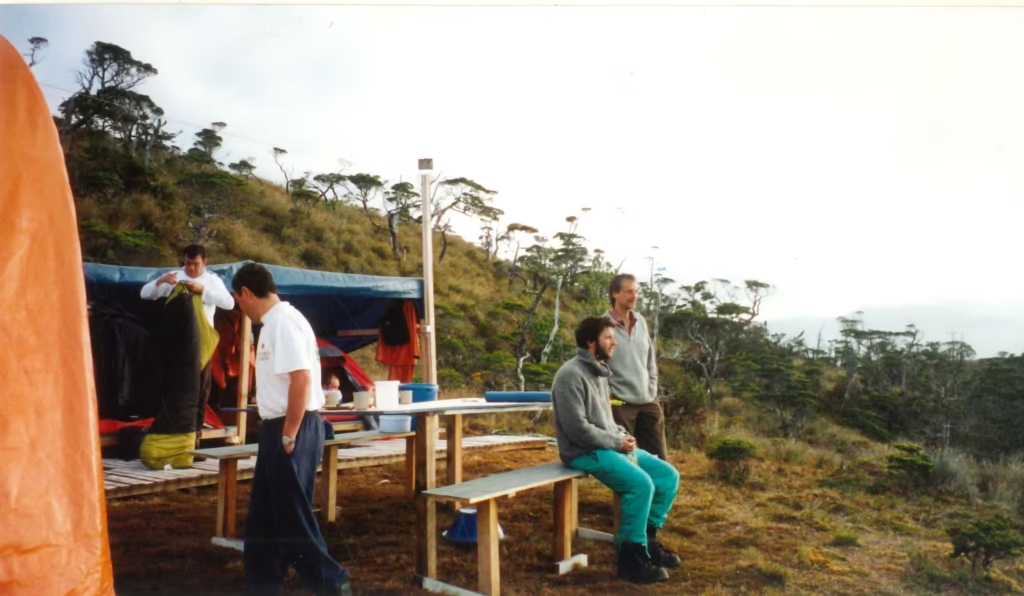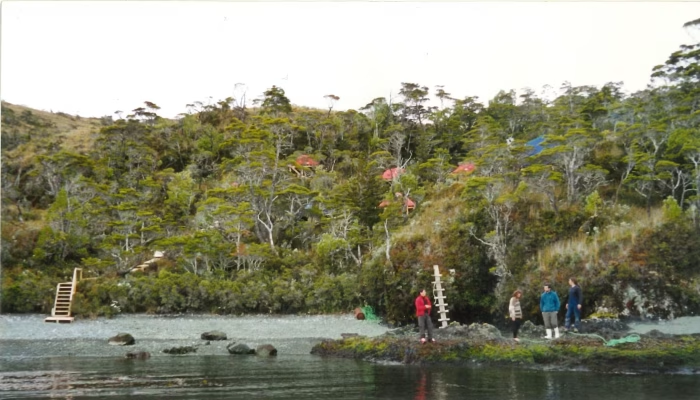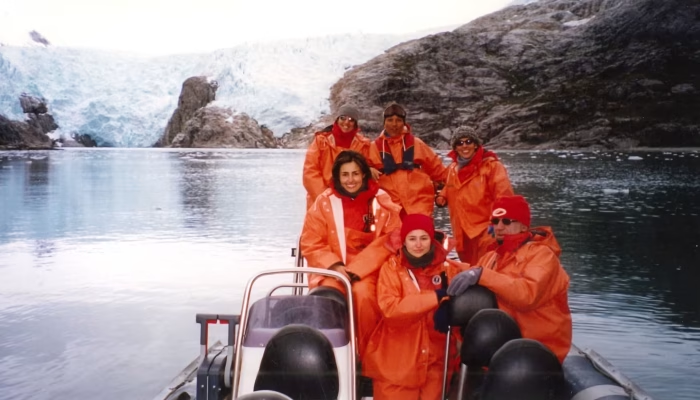Habitat at risk: Where do Chilean dolphins live in Patagonia and what threatens them?
- Published in: Biology, 2024
- Authors: Liliana Pérez, Yasna Cuéllar, Jorge Gibbons, Eduardo Pinilla, Simon Demers and Juan Capella
- Download the full study here
What is this study about?
This scientific work reveals, for the first time, the habitat preferences of the Chilean dolphin (Cephalorhynchus eutropia) in it Skyring Sinus, in southern Patagonia.
Using advanced ecological models, researchers identify the environmental and human conditions that most influence their distribution, highlighting the high presence of salmon farms as a key factor in its location.
Main findings
Area of study: Skyring Sound, Magallanes Region, north of Riesco Island.
Models used: Random Forest, Neural Networks, Generalized Linear Models.
Data analyzed: 11 years of records (2010–2021) and more than 350 sighting points.
Where do dolphins prefer to live?
TO less than 6 km from the coast
In waters turbid, shallow and close to river mouths
In areas with high density of salmon farms
The Random Forest model revealed that The most important variable was proximity to the coast, followed by the density of salmon farms.
Risks and threats
Although the study does not claim causality, it highlights the possible vulnerability of the Chilean dolphins against:
Unregulated expansion of salmon farming
Vessel traffic in narrow fjords
Noise pollution
Pollution of coastal waters
Absence of official protection in much of its modeled habitat
Why is it important?
The Chilean dolphin is a species endemic to Chile and considerate almost threatenedThis study provides crucial information for:
Design marine protected areas
Making decisions about aquaculture expansion
Monitoring human impact in remote areas
Also, fill a knowledge gap on the southern populations of this species, since most previous studies had focused on the south-central part of the country.
What is Whalesound doing about it?
Whalesound has actively participated in field data collection, facilitating logistics in hard-to-reach areas like Skyring. Our work seeks to raise awareness and protect species like the Chilean dolphin through applied science and responsible tourism.
